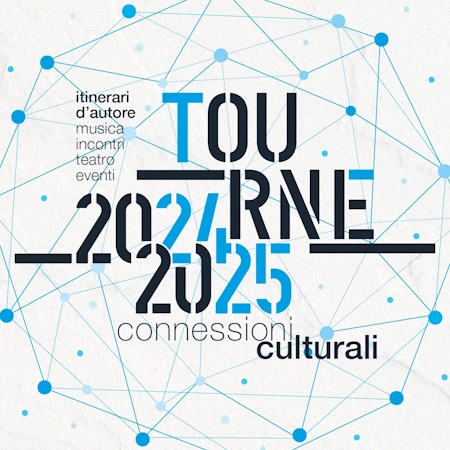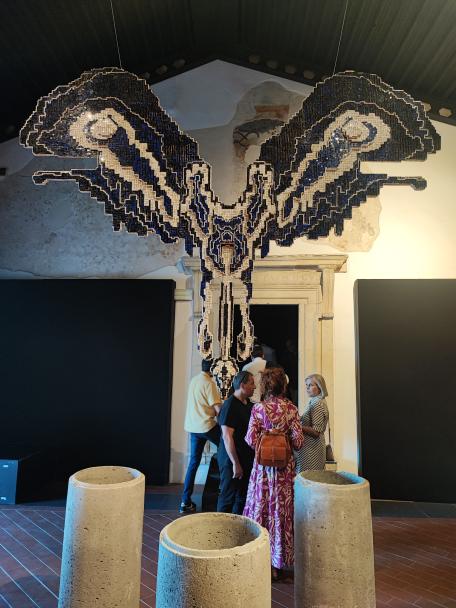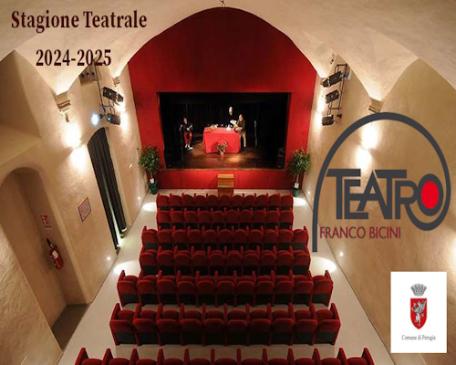HISTORY
Although it is one of the youngest municipalities in Italy, Avigliano Umbro has a rich and ancient history. Oral tradition speaks of human settlements in protohistoric (the Iron and Bronze Ages) and Roman times, confirmed by numerous archeological findings.
In the Middle Ages the area was subject first to Baschi and then Todi (after 1220), which fought over the town for many years in order to acquire its great agricultural resources and to gain control over its strategic position, which allowed them to maintain close ties with nearby Amelia. In 1366 it was sacked by Giovanni Acuto, a condottiere in the service of Cardinal Albornoz, as he passed through the area. Fortified once again in 1419, the castle was devastated by the Chiaravalles in 1500 during the siege of Acquasparta.
ART, CULTURE, ENVIRONMENT
The historic center, with its medieval cylindrical tower standing tall, is reached through the Porta Vecchia, a gate which still bears the coat of arms of the Commune of Todi. Sights include the small Art Nouveau Teatro Comunale (Municipal Theater) and the Church of the Santissima Trinità (17th century), which has a Madonna of the Rosary by Andrea Polinori and frescoes attributed to Bartolomeo Barbiani of Montepulciano.
Nearby, in Sismano, are the medieval Castle and the Church of Sant'Andrea Corsini with canvases attributed to Polinori. Another place of interest is Toscolano, with the Church of the Santissima Annunziata (Toscolano Shrine), which has a fresco cycle by Pier Matteo d'Amelia.
In Dunarobba one can visit the Renaissance Fortress and, above all, the fascinating Fossil Forest. The Dunarobba Fossil Forest, with the fossilized trunks of trees that originally grew here three million years ago, is one of the most important paleontological sites in the world.


























